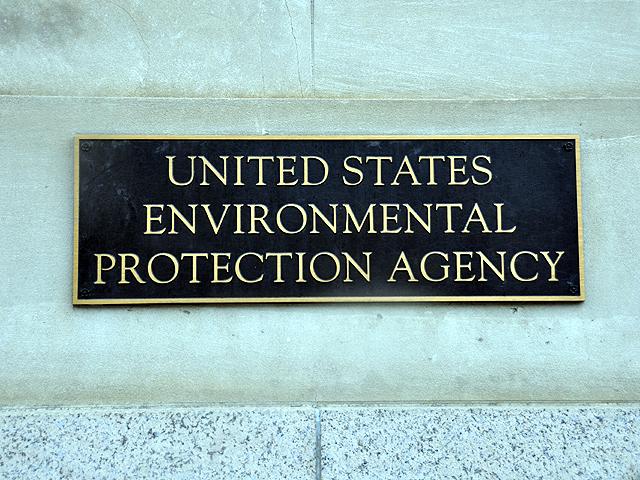Enviros Sue on New Herbicide Approval
Lawsuit Claims EPA Failed to Consider Herbicide's Effect on Endangered Species
Editor's Note: This article was first published July 19. It was updated at 2:00 p.m. July 20.
LINCOLN, Neb. (DTN) -- Another herbicide is in the crosshairs of environmental groups and this time before it ever finds the field.
EPA's approval of a newly registered herbicide violates the Endangered Species Act and should be set aside, the Center for Food Safety and the Center for Biological Diversity allege in a petition filed with the U.S. Court of Appeals for the Ninth Circuit.
In May the EPA granted unconditional approval to BASF's trifludimoxazin, the active ingredient in the herbicide Tirexor. The product is designed for weed control in corn, soybeans and other crops including tree plantations, but has yet to be commercialized for American farmers.
P[L1] D[0x0] M[300x250] OOP[F] ADUNIT[] T[]
"Petitioners allege that EPA violated its duties under FIFRA (Federal Insecticide, Fungicide and Rodenticide Act) in approving the Registration, and that the Registration lacks support in substantial evidence," the group said in their petition to the Ninth Circuit.
"Petitioners further allege that the EPA violated its duties under the Endangered Species Act, failing to comply with ESA's Section 7 mandates as required to protect endangered species and their designated critical habitats."
The groups asked the court to set aside the registration decision in whole or in part, including stopping the sale of the pesticide.
Brett Hartl, government affairs director at the Center for Biological Diversity, said EPA cannot "pick and choose" when to protect endangered species.
The groups said endangered species at risk from the herbicide include the monarch butterfly, Chinook salmon, rusty-patched bumblebee and other fish, insects and wild plants. They said the herbicide also poses risks to aquatic plants and organisms.
In an emailed statement, BASF told DTN the company is aware of the lawsuit and disputes its claims.
"BASF strongly disagrees with the allegations in the lawsuit," the statement read. "The registration received in May of this year was the result of more than 32 months of evaluation by the EPA. BASF continues to work alongside the EPA to provide the necessary information and data it requires to approve these types of registrations, and as the authority on these matters, we stand by its decision with regard to the benefits and safety of these products when used according to their labels.
"Growers continue to need solutions and technologies to control their toughest weeds. BASF believes in the value these herbicides can add to farming operations across the country, which is why we continue to invest in bringing these solutions to market following the regulatory requirements administered by authorities like the EPA," the statement concluded.
Todd Neeley can be reached at todd.neeley@dtn.com
Follow him on Twitter @DTNeeley
(c) Copyright 2021 DTN, LLC. All rights reserved.






